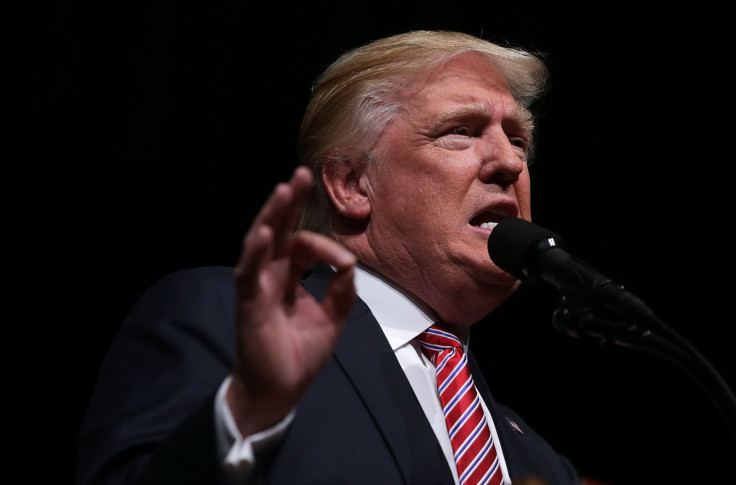Iranian banks had sanctions lifted as $400 million was paid to secure release of US prisoners, report claims
It has been alleged that the Iranian bank was taken off the blacklist as part of secret talks to swap prisoners.

Two major Iranian banks had their sanctions lifted as part of a covert deal to free four detained Americans in Iran, it has been claimed. Bank Sepah and Bank Sepah International had been blacklisted by Washington over Iran's previous nuclear stance.
A member of the Iran Revolutionary Guard said in January that the bank was taken off the blacklist as part of the secret talks to swap prisoners, and not because of the nuclear talks.
The claims are contained in a programme on Iranian TV which this week came to light over allegations that the US flew $400m to Iran to free the four on January 17. Republican presidential nominee Donald Trump claimed to have seen the money being offloaded from the aircraft. He later retracted the claim.
But the row over Trump's claims has overshadowed allegations made first by Revolutionary Guard Mohammad Reza Naghdi and later in February in a film which was broadcast on Iranian television.
The film showed exclusive footage of the four American prisoners sentenced in Iran for alleged charges of espionage and acting against national security - which they deny - getting on a small Swiss aeroplane.
It was reported by American media at the time that Iranian authorities had reached a deal with the US - in a secret round of talks, completely separate from the much-publicised nuclear talks between Iran and 5+1 powers - to swap the detained Americans in exchange for seven Iranian prisoners in US custody, as well as a dozen more Iranians and other nationalities to be cleared of charges against them which had led to international arrest warrants. These had been charged with violating Iranian sanctions.
What wasn't reported was that Iran also achieved two additional aims: some $400m of the $1.7bn settlement it had reached earlier with Americans over a complicated case from the 1970s around the Iranian purchase of $400m of weapons, but which it had never received from US. The $1.7bn was the original payment plus interest. Iran wanted that money in cash.
It has been a longstanding US policy not to pay ransoms for hostages, though unofficially this has not always been adhered to.
The Wall Street Journal Thursday confirmed the Iranian claim that $400m was secretly transferred to Iran on same day as the prisoner swap. But the other significant detail Iranian local media claimed was that it also got Bank Sepah taken off of the sanctions blacklist.

Another claim made by Iranian officials in January was that the one-day delay in the aeroplane's departure, with prisoners ready to board, was partly due to the delay from the Americans to deliver the money, supposedly on a different plane. The delay was previously explained by American media as a last-minute confusion over whether a prisoner's wife was part of the deal. The Iranian narrative was different, relating it to the delivery of cash.
One of the prisoners, Saeed Abedini, this week told Fox News that the guards who kept them waiting at the airport while everything was ready had said they were waiting for another plane to take off. It is now suspected, at least from some in US, that the airplane was supposed to fly to an undisclosed location to pick up the cash and return to Tehran's Mehrabad Airport.
Trump, who had seen parts of the video on American media after the WSJ story was published, spoke about it on Thursday, criticising President Obama for paying a ransom to free American citizens. He said he had seen the humiliating images that showed the cash being unloaded and given to Iranians.
Iran's Foreign Ministry and the US have both denied that the cash payment and delisting Bank Sepah was negotiated within the prisoner swap deal, but the timing of the cash delivery has brought to the fore the other claims made on the film and elsewhere.
© Copyright IBTimes 2025. All rights reserved.





















